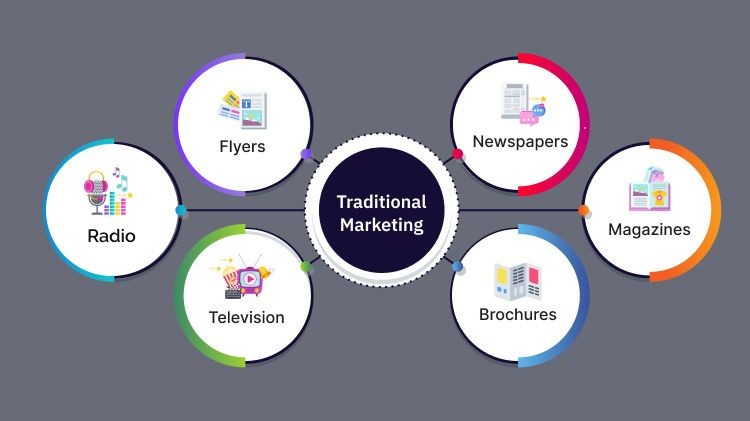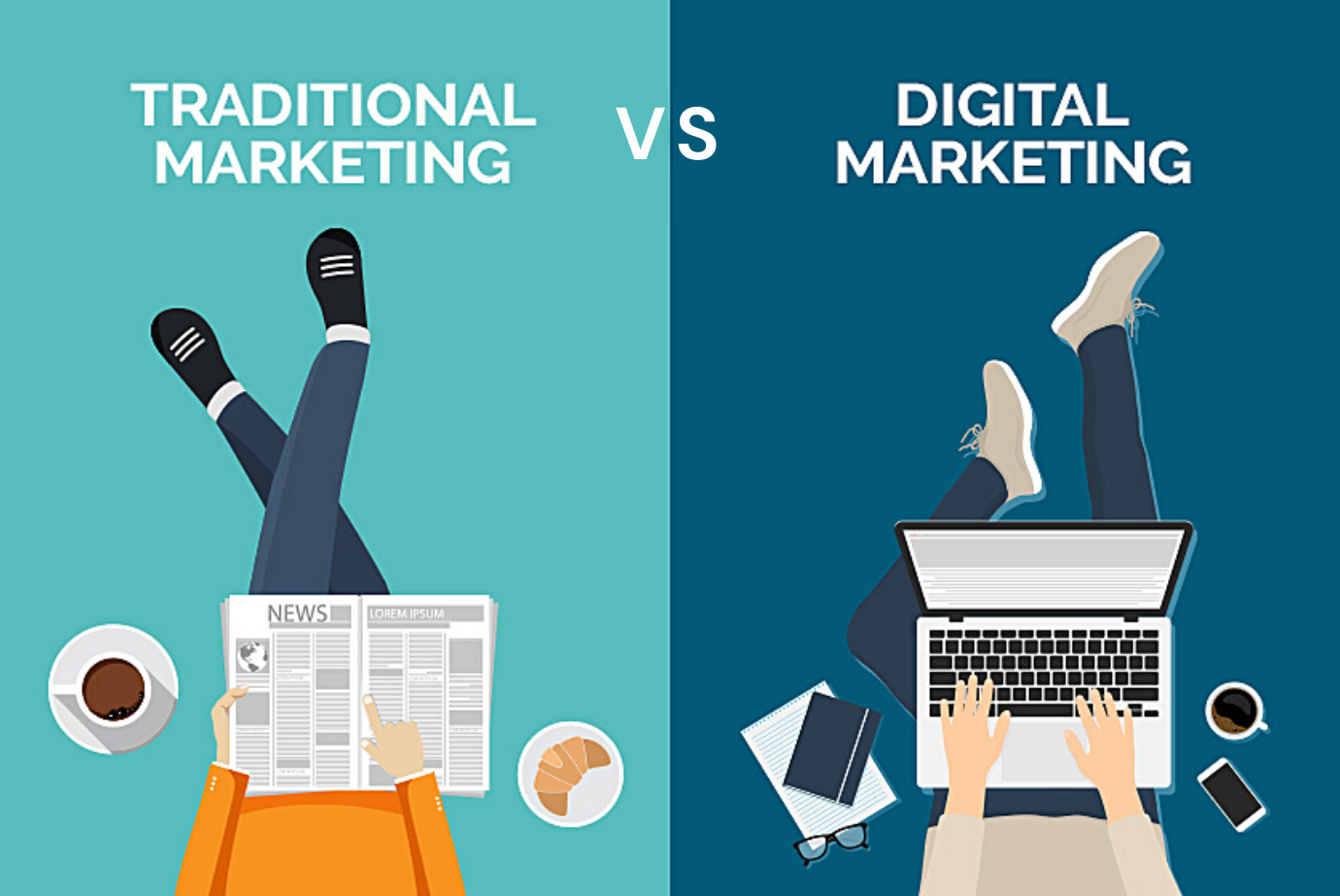In today’s digital age, the role of traditional marketing remains significant despite the rise of digital marketing strategies. Traditional marketing, which includes methods like print ads, television commercials, radio spots, and billboards, continues to offer unique advantages that digital marketing alone cannot fully replicate.
Building Brand Awareness
One of the primary roles of traditional marketing today is building brand awareness. Traditional media channels, such as television and radio, reach a broad audience, making them ideal for establishing a brand’s presence in the market. These channels are particularly effective for targeting older demographics or consumers who may not be as active online.
Establishing Credibility
Traditional marketing also plays a crucial role in establishing credibility. Many consumers view print ads, TV commercials, and direct mail as more trustworthy than digital ads, which can sometimes be perceived as intrusive or less reliable. By maintaining a presence in traditional media, brands can reinforce their credibility and reliability.
Reaching Local Audiences
Traditional marketing is still highly effective for reaching local audiences. Local newspapers, radio stations, and outdoor billboards can target specific geographic areas, making them perfect for businesses looking to engage with their local communities. This targeted approach is particularly beneficial for small businesses and brick-and-mortar stores.
Complementing Digital Strategies
In the modern marketing landscape, traditional marketing often complements digital strategies. A well-rounded marketing campaign integrates both traditional and digital elements, creating a more comprehensive approach. For example, a television ad can drive viewers to a website or social media platform, enhancing the overall effectiveness of the marketing campaign.
Creating Lasting Impressions
Traditional marketing methods tend to create more lasting impressions compared to digital ads. A well-designed print ad or a memorable TV commercial can stick in a consumer’s mind long after they’ve seen it. This lasting impact can be crucial for brand recall and customer loyalty.
Engaging Multiple Senses
Unlike digital marketing, which primarily engages sight and sound, traditional marketing can engage multiple senses. For instance, direct mail allows consumers to physically interact with a product sample or a beautifully designed brochure. This multi-sensory engagement can enhance the consumer’s experience and make the marketing message more memorable.
Overcoming Digital Fatigue
With the increasing amount of time people spend online, digital fatigue has become a real concern. Consumers are often bombarded with digital ads, leading to ad fatigue and decreased effectiveness. Traditional marketing offers a refreshing alternative, providing a break from the digital noise and allowing brands to reach consumers in a different, often less cluttered, space.
Conclusion
The role of traditional marketing today is multifaceted and continues to be an essential component of a successful marketing strategy. By building brand awareness, establishing credibility, reaching local audiences, complementing digital strategies, creating lasting impressions, engaging multiple senses, and overcoming digital fatigue, traditional marketing proves that it still has a vital place in the modern marketing mix. Businesses that effectively integrate traditional marketing with digital strategies can achieve a more balanced and impactful approach to reaching their target audience.









